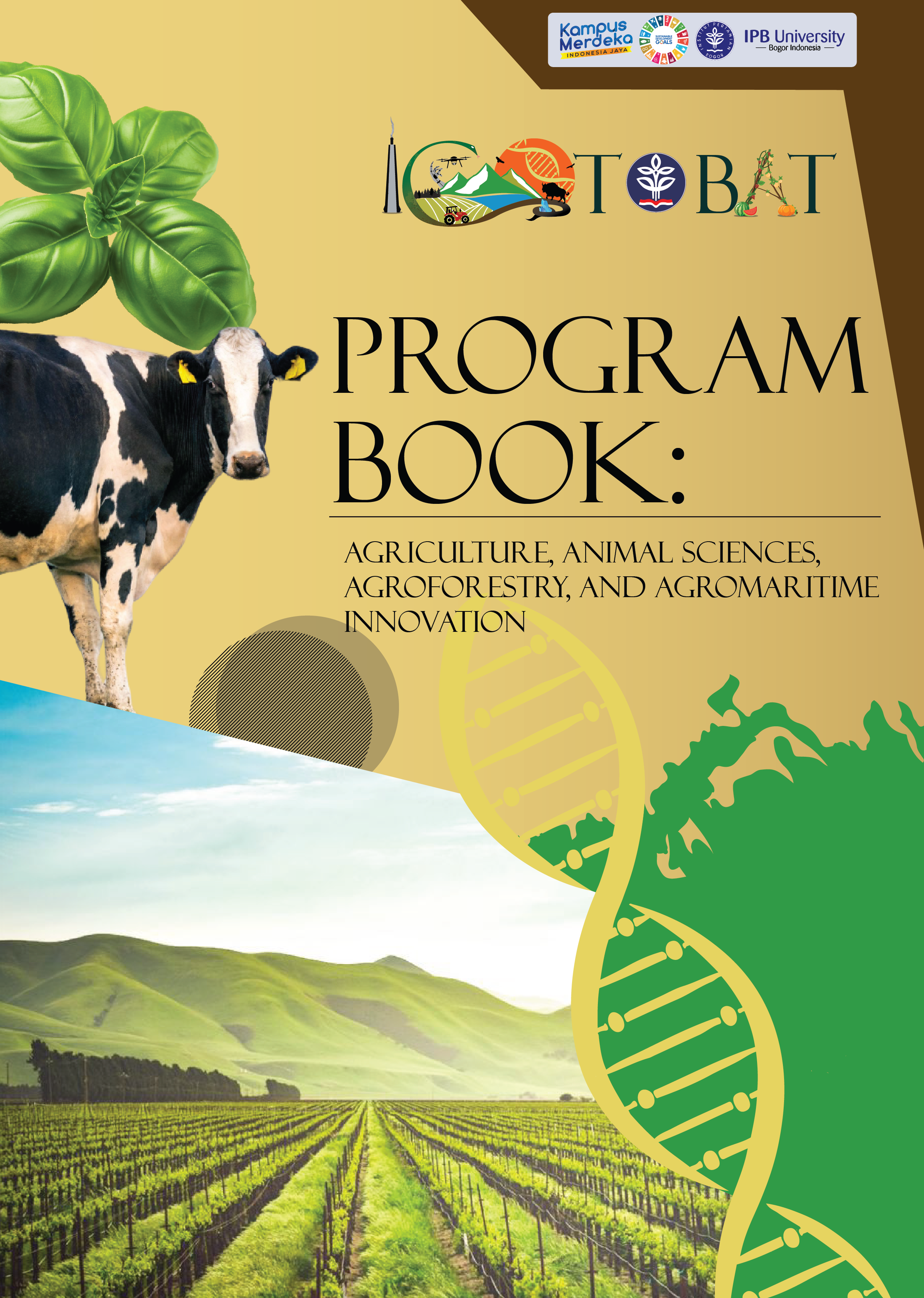Growth performance and resistance of four superior rice cultivars against stem borer (Lepidoptera, Pyralidae) in subak guama, Tabanan, Bali
Keywords:
New superior varietis, resistance, RSBAbstract
The aim of the study was to determine the growth performance and resistance of four new superior varieties (NSV) against rice stem borer (RSB). Parameters measured consist of agronomic and yield components, harvested dry grain (HDG), the incidence and attack rate of RSB every 2 weeks. Data analysis used ANOVA and continued with the LSD test at the 5% level. The experimental design used was a randomized block design (RBD) using four NSV, namely Inpari 16, 32, 33, and Ciherang as controls with 6 replications. The research results show that application of Inpari 16, 32, and 33 in this research can increase production by up to 6,9% to 30,9%. The highest production was achieaved by variety of Inpari 32 (8,82 tons per hectare), followed by Inpari 33 (7,51 tons per hectare), and the lowest production was found for Inpari 16 (6,95 tons per hectare). The three varieties of Inpari 16, 32, and 33 showed susceptible to RSB with mild damage (≤ 11%), namely 0,56%, 0,6% and 0,32% respectively, while Ciherang (control), 0,45%.






























